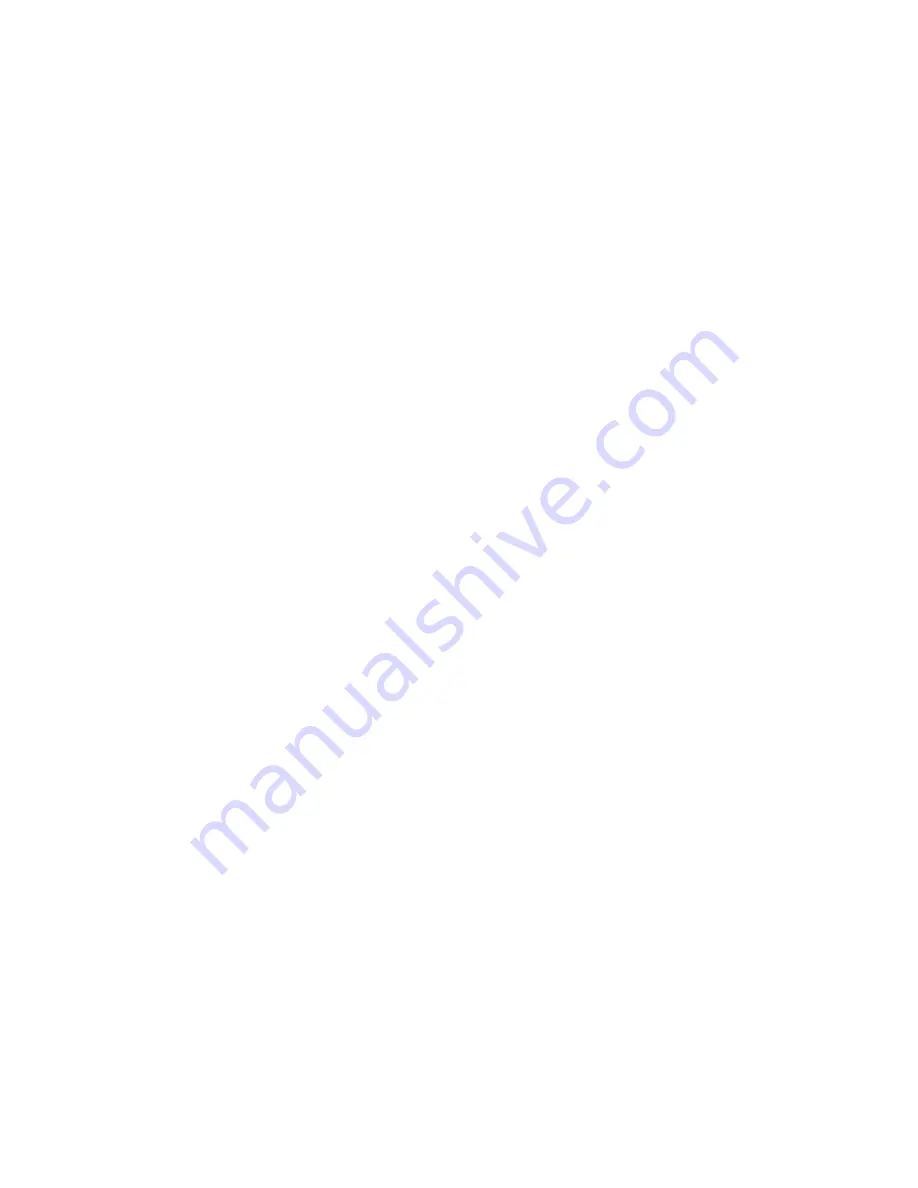
20
PLUMBING
Most campers will have both the fresh water and drainage waste systems.
Depending on the complexity of the plumbing system, the holding tanks, water lines, drainage lines,
and fresh water tank will be located and run differently.
FRESH WATER SYSTEM
The water pump is a self-priming, automatic system that operates on demand. The water should be changed if
not used in a week’s time.
WATER PUMP CONTROL SWITCH
This rocker switch controls the demand water pump. The water pump is pressure sensitive and starts
(with the switch ON) when a faucet is open, causing pressure in the line to drop. When the faucet is
closed, pressure builds in the line and the pump stops
WATER LINES
Most units are equipped to obtain water into the system through one of two ways. These two inlets
are labeled and located on the exterior of the vehicle.
The “gravity type” fill allows you to fill your fresh water storage tank by simply pouring water into the
plastic inlet dish outside the vehicle. This will only fill the water storage tank and a water pump is
needed to pump the water through the water line system.
The other inlet, known as the “city water” fill, requires a special hose (approved for drinking water) to
be connected to the special female swivel water service connector on the vehicle with the other ends
connected to the park water service or the outside spigot of your house. This inlet is usually found
next to the gravity fill. When using the city fill, your complete water line system will be filled and
pressure form the outside water source will service the system.
SANITIZING THE FRESH WATER SYSTEM
Make a solution of one gallon of water and ¼ cup of chlorine bleach (5% sodium hypo chloride).
Make sure the fresh water tank is empty.
Use 1 gallon of solution for each 15 gallons of tank capacity. (Each vehicle has different capacities.)
After the solution has been added, fill the remainder of the tank with fresh water. Open all faucets of
the fresh water system until all air has been released and the entire system fills with the solution.
Once filled, close all faucets and valves.
Allow system to stand for 3 hours.
Drain and flush system with fresh water.
Make sure you flush the water system several times to remove any taste of chlorine. To remove
chloride or odor, which might remain, mix a solution of 1 quart of vinegar to 5 gallons of water. Pour
this solution into the tank and fill the system with solution by opening and closing each faucet. Allow
it to sit overnight, if possible, then drain and flush thoroughly several times with fresh water.
Always drain your fresh water system completely when vehicle is not in use. A quick flush and a
fresh water fill of the system before each trip will ensure the highest quality drinking water for your
consumption.
The fresh water system is a demand system. The 12-volt pump will run whenever there is need for water at the
faucet. Insure there is 12-volt power to the pump and the switch is on. Just turn on the faucet for a smooth,
continuous flow of water at all ranges of operation. For units with the hot water heater you need to insure that
the LP tank(s) is filled and that the pilot light is activated in order to have hot water supplied to the faucet.
It is hard to realize just how much water we use every day in normal use. Newcomers to self contained RV’s
should discover that the water supply doesn’t last long unless procedures for consumption are adjusted. You
can drastically reduce water consumption for showers by first wetting down and then turning off the shower
head, soaping yourself, then turning on the shower head to rinse off. Once you start this practice you will find a
good shower only takes about a gallon or less of water.
When using the city water supply the water pump must be turned off. Connect a clean ½" minimum high-
pressure water hose to the water inlet fitting. The city water hook-up will bypass the water holding tank and
provide water under pressure without using the 12-volt water pump.











































